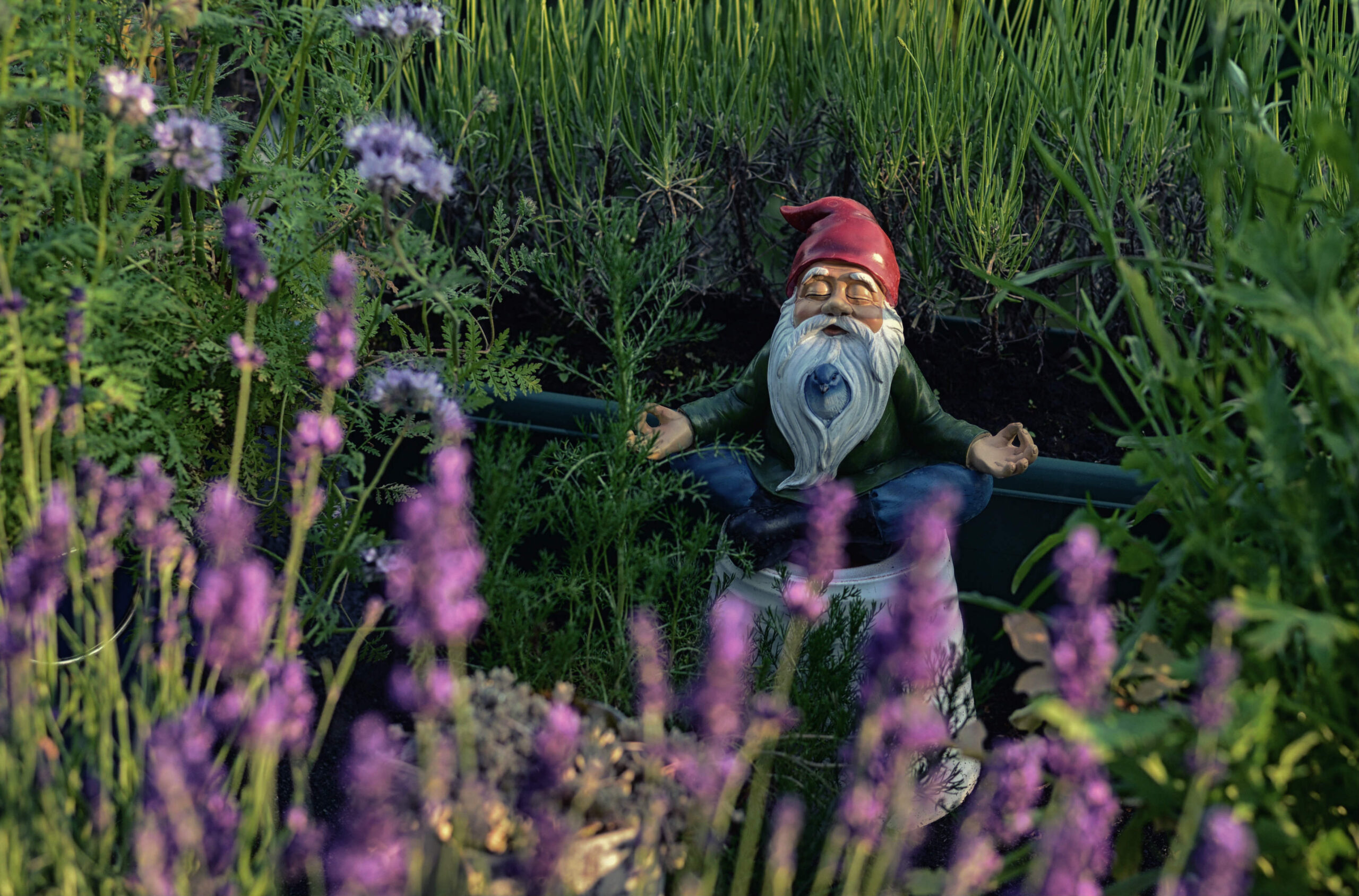The recent landmark UN report on biodiversity comes to the sobering conclusion that the decline of the world’s biodiversity is such that “it is eroding the foundations of our economies, livelihoods, food security, health and quality of life worldwide.” Demographics are a major culprit: We were 1.5 billion people a century ago, 6.1 billion in 2000, and 7.2 billion today, but what the report also…





























































